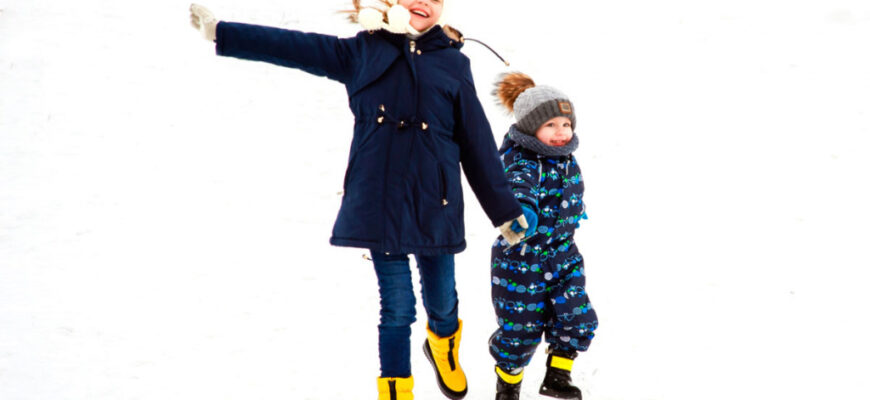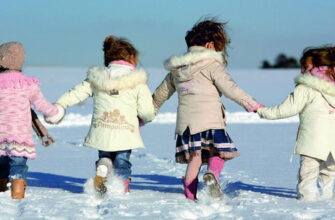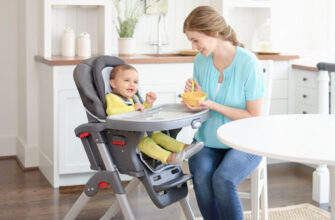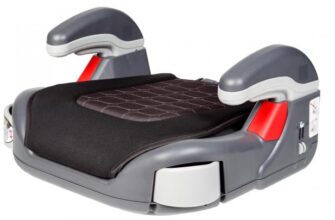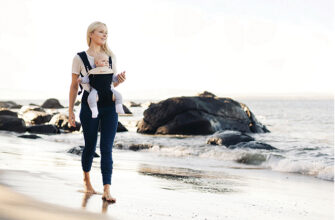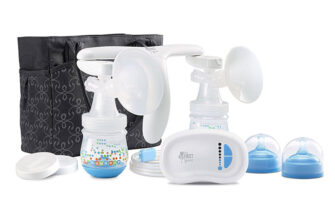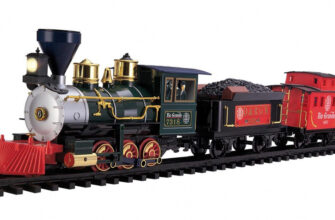Before buying children's boots, you need to pay attention to the size, material of the top, lining and insoles, as well as the sole, heel and heel. We will tell you how to do this in our article.
The best manufacturers of boots for children
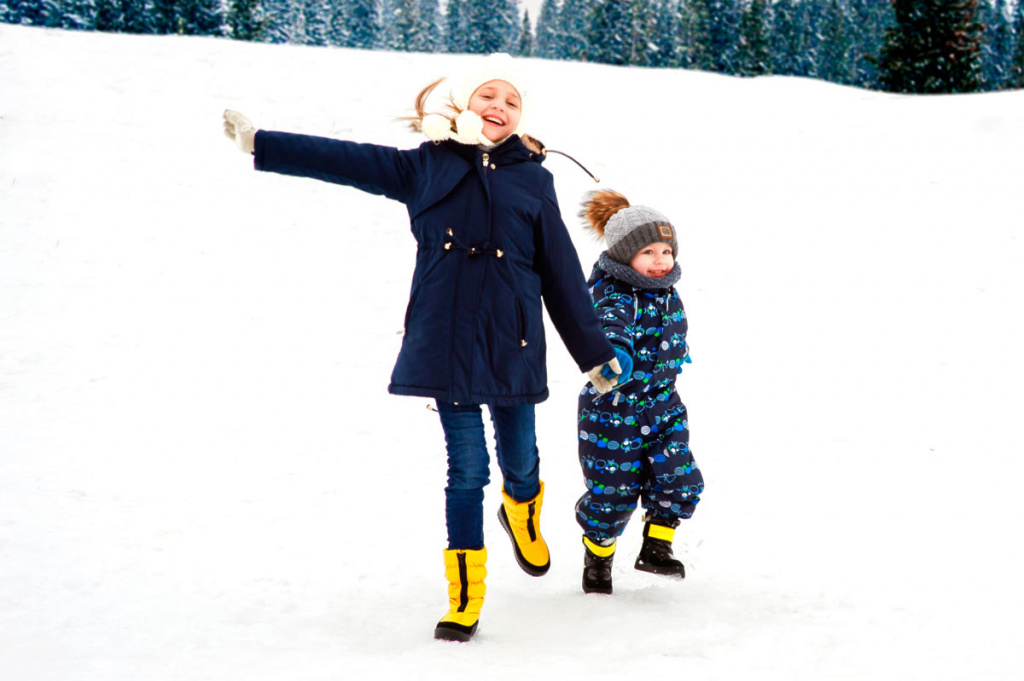
The choice of children's boots affects not only whether the child will be warm and comfortable in the cold season. His gait, the formation of the curvature of the foot and posture, the likelihood of calluses and ingrown nails – all this depends on what kind of shoes the child is wearing. Therefore, it is so important to choose boots that will ideally fit in size and meet international quality standards.
The best manufacturers of children's winter shoes are:
-
Viking;
-
Nordman;
-
Ecco;
-
Columbia;
-
Kuoma;
-
Skandia;
-
Superfit;
-
Kotofey.
What boots to choose for a child

Please pay attention to the material of the boots before buying. The best option is shoes made of genuine leather and insulation. But for children over three years old, it is permissible to use artificial materials in the production of the upper part of the product. The insert insole and lining must necessarily consist of natural materials, but for children 3–7 years old, it is allowed to use a heater made of bikes and faux fur.
Conventionally, boots can be divided into three types, each of which has its own advantages and disadvantages. Let's consider them in more detail.
Boots of genuine leather
Products made of genuine leather are very durable, therefore, no matter how active the child is, he will not be able to ruin his shoes. Leather models adapt to the baby's foot, taking its shape, and create good air circulation. In such shoes, the child's foot sweats less. In addition, leather is excellent for the production of both winter and demi-season models.
Advantages
-
Durability and wear resistance;
-
Keeps warm well;
-
Allows the skin to breathe;
-
High hygiene.
disadvantages
-
High price;
-
The skin should be periodically treated with special creams and moisture-repellent agents.
Faux leather boots
Artificial leather is made from a fabric or knitted base, polymeric materials, etc. Leatherette shoes are quickly wiped and worn out, they are 'afraid' of temperature surges and are completely unsuitable for frost.
Advantages
-
Low price;
-
Large selection of models.
disadvantages
-
Wears out quickly;
Does not allow the skin to breathe – the leg sweats a lot;
It is worth distinguishing artificial leather from synthetic. The latter consists of natural leather waste, which makes it superior to leatherette in its properties. Boots made of synthetic leather are quite durable, waterproof and 'breathable', they do not crack in the cold and have good elasticity.
Boots in nubuck or suede
Suede is a specially treated seamy side of the leather. Nubuck is a fine-piled leather similar to suede, but made from other types of leather. Nubuck is stronger than suede, and suede is softer and more stringy, but in general, both of these materials have the same properties.
Advantages
-
Good breathability;
-
The price for shoes made of suede and nubuck is lower than for leather shoes;
-
Can be worn in cold weather. Keeps warm well.
disadvantages
-
Not suitable for wet, dirty weather – it quickly deteriorates and wears out;
-
It is necessary to constantly brush and treat shoes with moisture-repellent creams.
Boots made of faux suede and nubuck have higher strength and wear resistance, but they keep heat worse and poorly let air through.
What to look for when buying
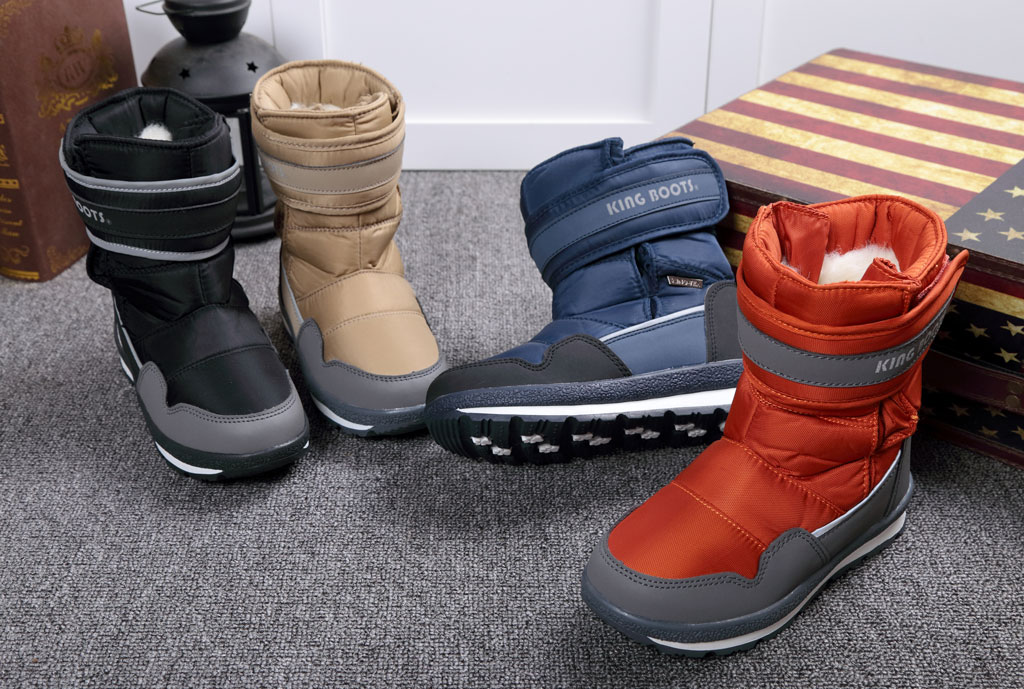
Sole
Choose a flexible, grooved outsole that will provide good traction and therefore reduce the risk of falls. Also pay attention to the outsole made of TPE and TPR – these materials are characterized by good frost resistance and wear resistance. Moreover, they are not slippery.
Take your time to buy boots with polyurethane and PVC soles. It breaks and cracks when exposed to low temperatures. In addition, the polyurethane outsole is highly slippery.
Insulation
Natural and artificial fur is most often used as a heater for boots, a membrane:
-
Shoes with faux fur have a low cost, they are not whimsical to care for. But it does not store heat well and accumulates static electricity.
-
Natural fur is a great option for the winter. It has high thermal insulation properties, allowing the skin to breathe, and good wear resistance.
-
Membrane – creates an optimal microclimate for the baby's foot, retains heat well and ensures optimal air circulation. It prevents the foot from sweating and overheating and protects the boots from leaking, even if the child is 'walking' through puddles.
Backdrop
The heel of children's shoes should be solid and rigid. This is necessary so that the child's posture is formed correctly, and the muscles and joints of the leg are well fixed and protected from injury.
Heel
Winter shoes for children under 8 years old should have a small heel, 5-10 mm high. For children over 8 years old – no more than 20 mm. Moreover, in width it should not be less than 1/3 of the length of the sole. This heel increases the child's stability and reduces the risk of falls.
The size
Shoes for a child cannot be bought for growth. Too big boots will put a heavy load on the legs, poorly fix the foot, lead to calluses and even cause a shuffling gait. And in the presence of an instep support, there is a risk of abnormal development of the foot and clubfoot.
Shoes that are too tight, in turn, impair blood circulation, negatively affect posture and gait, and increase the risk of flat feet.
The optimal size of winter boots is when there is a distance of 10-15 mm between the child's thumb and toe. Thanks to the formed air gap, the shoes will keep warm better, and the child in such boots will feel more comfortable.
!
In the following articles, our experts tell you how to choose the right winter overalls for a child and the secrets of choosing winter shoes for a child.
Attention! This material is the subjective opinion of the authors of the project and is not a purchase guide.

